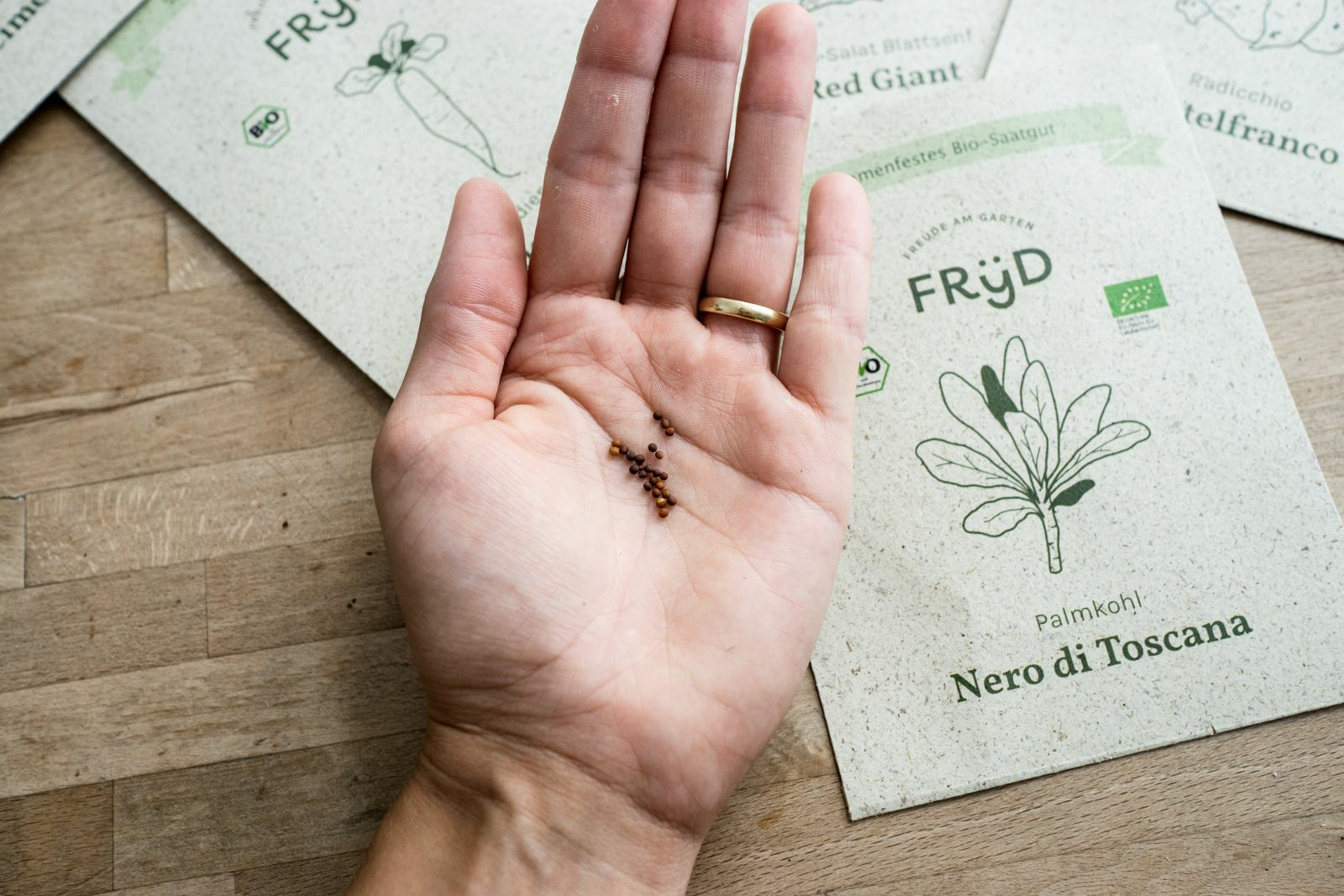Winter vegetables: harvesting fresh vegetables in winter
Winter cultivation made easy
Winter growing doesn't have to be complicated. It doesn't need heated greenhouses or good weather. The right varieties and sowing times are most important for starting winter cultivation.
What do I need to consider when growing winter vegetables?

Sow in good time in summer: From the summer solstice at the end of June, the days get shorter and shorter. This means that the crops have less and less time to mature or grow large enough before winter. You should also ensure that the planting distances are greater than in summer or spring, as it is generally more humid in autumn and the plants are more likely to rot or develop gray mold if they are densely planted and there is a lot of moisture.
When is what sown?

June: Sow green and palm kale, fast-growing white or pointed cabbage, broccoli and slow-growing kohlrabi.
July: Sow various radicchio or sugar loaf lettuces at the beginning of July. These should be left to germinate in a cool place for 1-2 days so that they germinate more reliably.
August: At the beginning of August, it is finally time to sow endive lettuce and various radishes and turnips. The radishes and turnips are sown directly into the beds. Lamb's lettuce is sown in mid-August.
Suitable winter varieties

- Kale Lark's tongues
- Palm cabbage Nero di Toscana
- White cabbage Golden Acre or Early Dittmarsch
- Pointed cabbage Express
- Kohlrabi Superschmelz/Gigant
- Beetroot Robuschka or Tondo di Chioggia
- Sugar loaf lettuce Pan di Zucchero
- Radicchio Castelfranco, Rosso di treviso, Radicchio di Chioggia Cicoria Catalogna e.g. Puntarelle (volcanic asparagus)
- Carrots Nantaise or Dolciva
- Endive Escariol, Wallone Round black radish Radishes Iciclese.g. Puntarelle (volcanic asparagus)
- Carrots Nantaise or Dolciva
- Endive Escariol, Wallone Round black radish
- Radish Popsicle Autumn turnip
- Pak choi or Tat Soi
- Chinese cabbage or Chinese cabbage leaf
